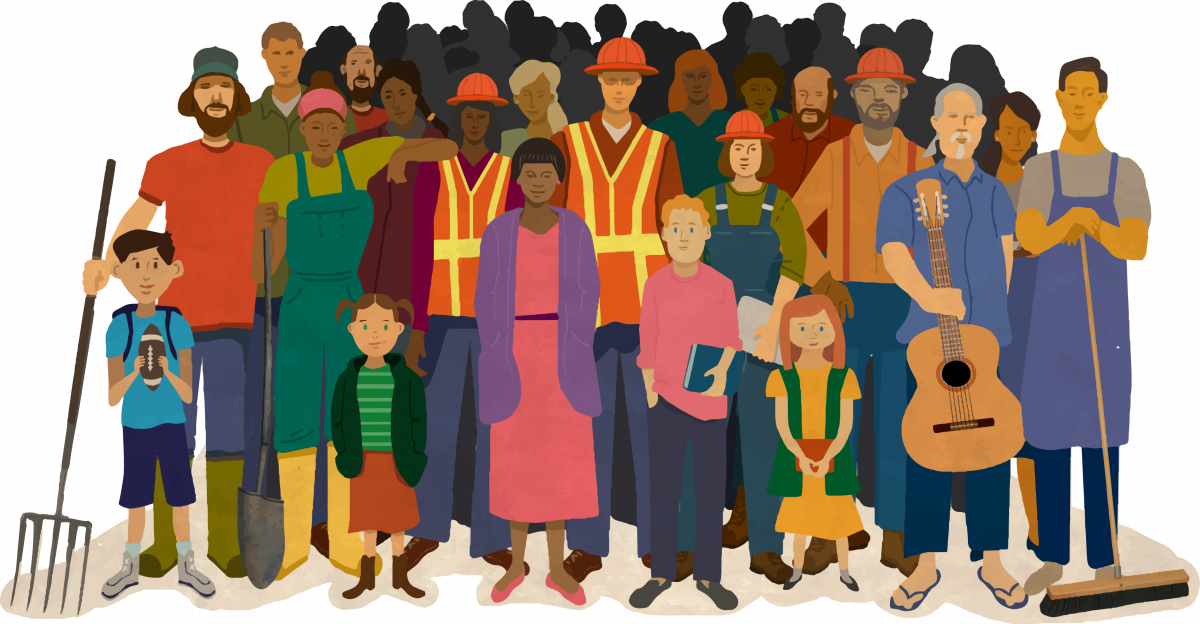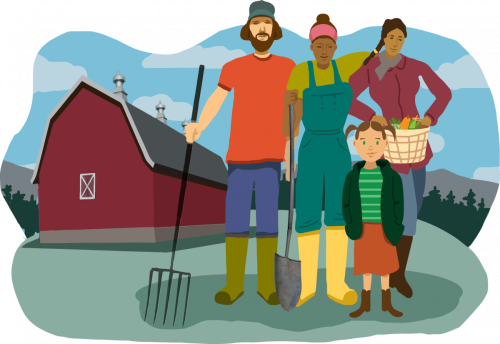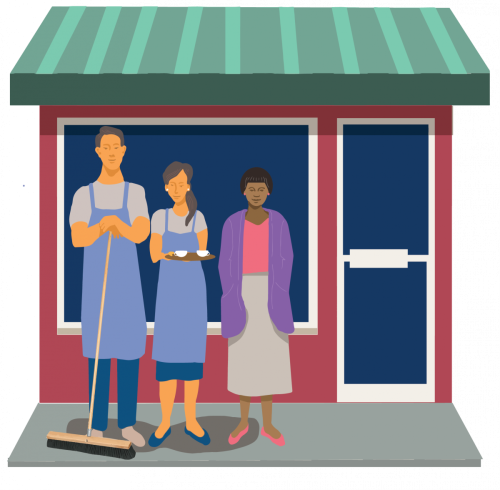I was in New York City recently for a Federal Reserve Bank of New York meeting. The elegant carved wood rooms with formal portraits of the men who have chaired this august enterprise always unnerve me somewhat—the contrast with the wildness of the Adirondacks not so far north is extreme. I come down to the city from the provenance of trees and ancient reserves of granite, before they get cut, carved, mined, tamed and carted into the city as testament to man’s attempt to subjugate all things wild.
The NY Fed always prepares in-depth and challenging presentations for these Community Advisory Group meetings. In this case, the presentations challenged each other. By many indicators, according to NY Fed Macro Overview, the national and global economy is roaring. The stock market is way up, US Equity indexes are at record highs, consumer spending is up, motor vehicle sales are up, household net worth is rising, unemployment is low, and as one of their charts point out, “signs point to strong and synchronized global growth.”
The massive hurricanes that slammed into the gulf states and Caribbean islands in late summer were mentioned only in terms of temporarily distorting payroll in September. Nothing about the massive cost to taxpayers ($306 billion at last count—the largest in history for a single year) of helping Texans, Floridians, Puerto Ricans and Virgin Islanders try to rebuild their lives, or of the huge costs of the wildfires in California or any of the other climate change-exacerbated disasters that rolled into the US this past year alone.
They did however share two very interesting presentations on household financial stability and wage inequality. According to the report, 57% of Americans are challenged to achieve financial health; 70% of households are “income-constrained, savings limited and/or debt challenged’; an unexpected expense of $400 would prompt nearly half of all families to borrow funds, sell something or simply not pay.
On wage inequality, they report that since the early 1980’s, wage inequality has increased among all workers in the US. The US has in fact become one of most unequal countries on the planet. The 1% of top income share represents 20% of the total income in the US, whereas the bottom 50% income share represents only 13% of total income. And that doesn’t even cover actual wealth inequality.
If one assumes—and perhaps hopefully or naively, I do—that a national, regional or local economy should exist to serve the needs of people and should not deplete the capital, natural and otherwise, that it depends on, then by two major indicators, the economy as it is currently structured, is not working. At all. In fact, it’s actively damaging the foundations upon which it depends.
We are overwhelming the capacity of natural systems to quietly and without disruption absorb the waste that our economic activities produce. Climate change—leading to more violent storms, wildfires, heat waves, precipitation events and flooding—is the outcome.
The economy is not serving the needs of the majority of people. Wealth inequality and income inequality—leading to higher levels of anxiety, mental illness, substance abuse and poorer overall health are the outcomes.

 What do we do? We need to develop new models. Models that are not based on theories like ‘a rising tide lifts all boats’ and ‘bigger is better’ and ‘wealth = happiness’ and ‘growth is always the answer’—theories that have demonstrably and repeatedly been proven false.
What do we do? We need to develop new models. Models that are not based on theories like ‘a rising tide lifts all boats’ and ‘bigger is better’ and ‘wealth = happiness’ and ‘growth is always the answer’—theories that have demonstrably and repeatedly been proven false.
There is intriguing news on this front. A movement is afoot in these northern reaches of New York State where a New Economy is emerging. A laboratory of experimentation if you will.
It is fertile ground for this sort of experimentation. Many of the people who have migrated here have already rejected the myths of the conventional economy with its disconnect from land, equity, community and quality of life.
This movement is attracting next generation farmers who are taking over farms, applying new technologies to create local communities of producers and customers. It is growing a creative, entrepreneurial and networked group of makers, artisans and small-scale manufacturers who are redefining main streets, and creating the kinds of jobs that sustain communities, attract young families and grow self reliance. It is recognizing that while we produce the lion’s share of the state’s renewable energy, we export most of it and pay high energy prices ourselves. And now local energy installations are burgeoning, bringing jobs and community resiliency to the region. This movement is challenging the very tenets of the global economy by developing a New Economy that creates fair and just outcomes, protects and enhances the ecological commons, and works for the many rather than just a few.

ANCA, the Adirondack North Country Association, the organization I work for, is powerfully and passionately focused on growing this New Economy. Every investment and connection we make, project or program we implement, every conversation that our 17-person staff has, and every dollar we attract goes directly to this work.
We are building community capital, creating places and systems that share resources. Like Food Hubs, where multiple farmers can use one shared commercial licensed kitchen and increase their marketing and production efficiency. Like community solar projects where many can benefit from a single solar installation. Like makerspaces, where people share the tools and knowledge to grow their businesses or ideas.
We are lessening hidden dependencies. When people have greater control—the ability to support themselves and their families, the knowledge, skills and connections to get through hard times and less dependence on outside resources—they are happier, healthier, more productive and more neighborly. Installing local energy sources; growing local capacity to produce food for local markets; attracting and nurturing entrepreneurs who can meet the needs of local communities and create larger markets for their products and services, are all part of it.
We are growing strong local economies. Data indicates that more diverse businesses are better for workers and communities—based on place, led by local people and from the bottom up. Capital comes from local communities, not from faraway places. Local breweries, coffee shops, and bookstores, regional banks that know their customers and invest in their businesses. Investments in local makers and inventors, based on the assets and values of place.
In the words of Anthony Flaccavento, author of Building a Healthy Economy from the Bottom Up:
“Remember that every small business you help catalyze, every farm-to-consumer connection you help build, and every conversion to renewable energy you help facilitate is not only making your region stronger, but making the world a better place. In our current economic, political and ecological context, it seems to me that there is no more urgent and hopeful work than building resilient, just and sustainable communities; and that is the work of ANCA.”
For more reading:
Federal Reserve of Bank of New York US Macro Overview
Overview of and Key Lessons from The Center for Household Financial Stability
2018 World Inequality Report
Illustrations by Nip Rogers.
Banner photo courtesy of Fledging Crow Vegetables.
